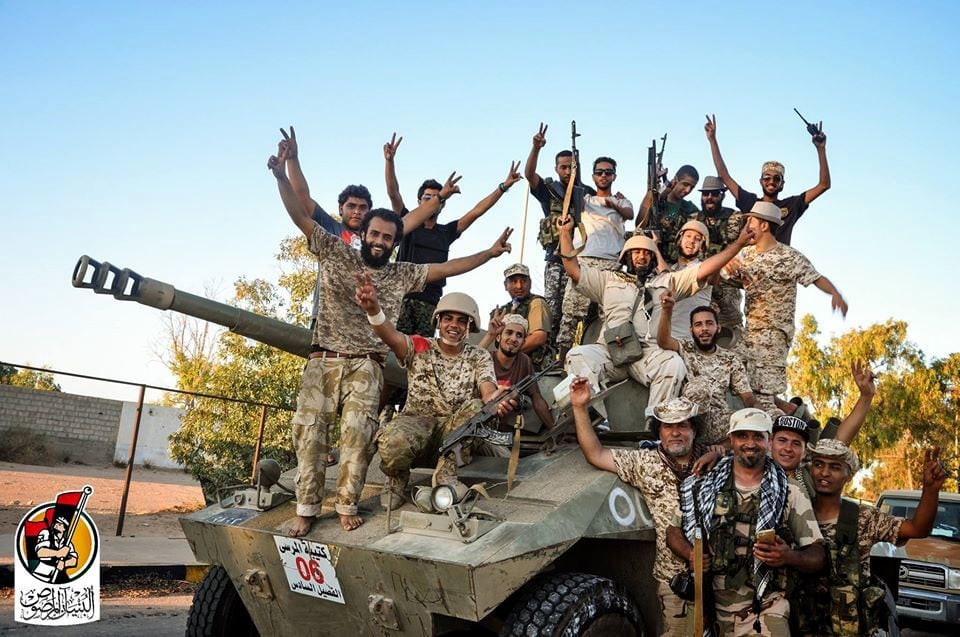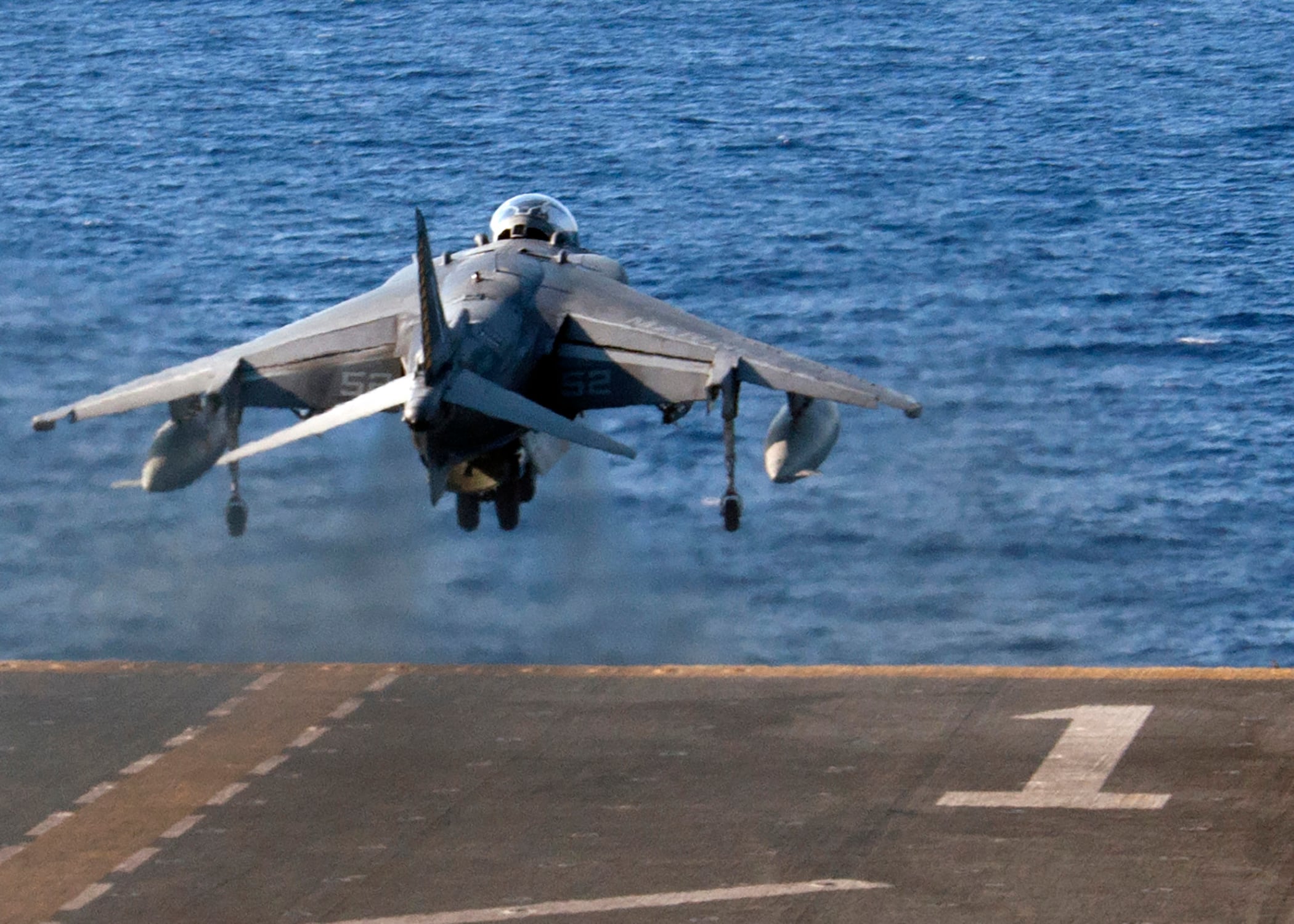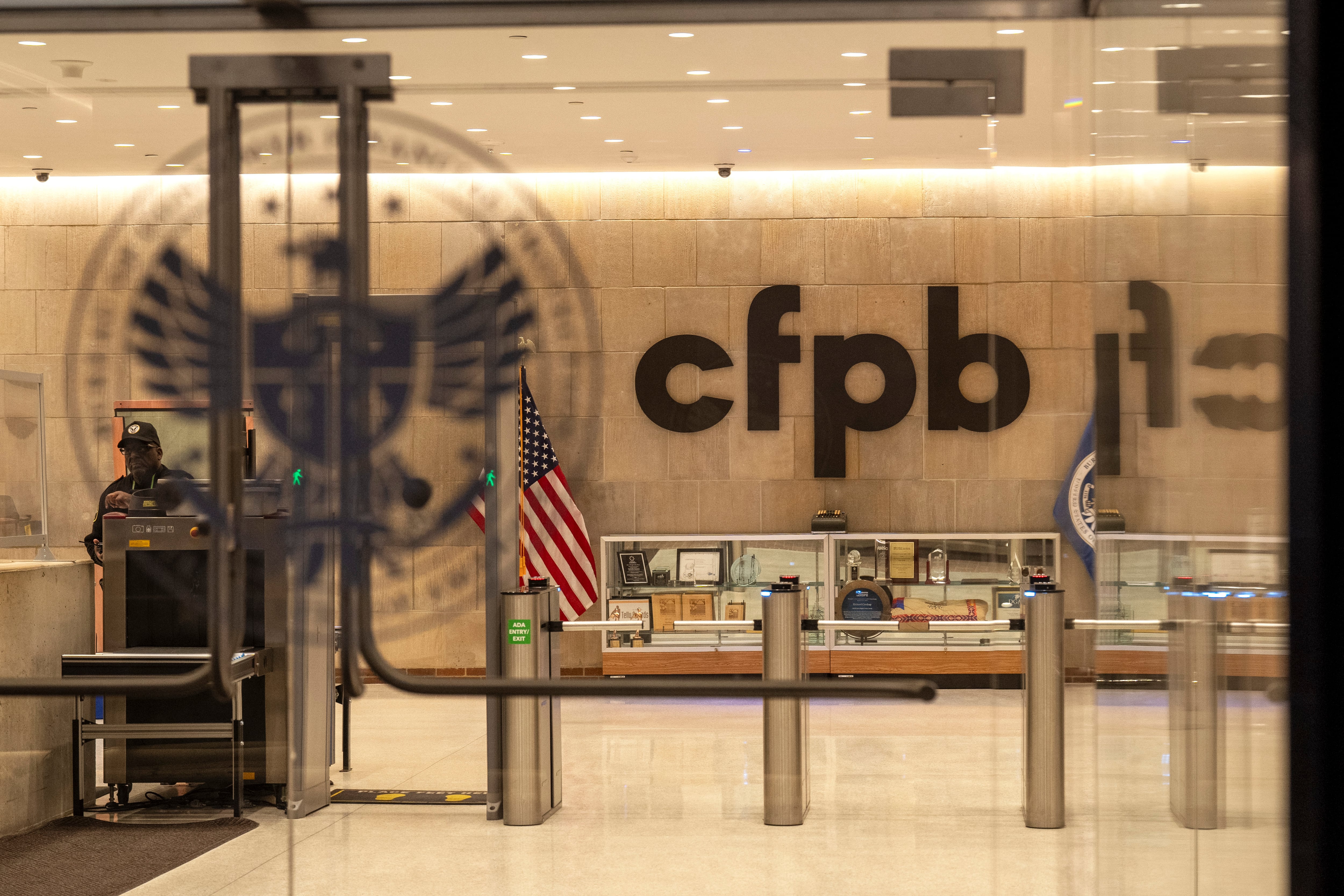On Aug. 1, 2016, a large-scale operation to push ISIS fighters out of the embattled Libyan city of Sirte was launched.
The fight, dubbed Operation Odyssey Lightning, would include support from attack helicopters and Harriers embarked with the 22nd Marine Expeditionary Unit and fires from the 5-inch gun aboard the Arleigh Burke-class destroyer Carney.
Details of the 22nd MEU’s combat operations in Libya were detailed in command chronology, obtained through a government records request, which described the operation as “one of the largest counterterrorism campaigns to be conducted from amphibious shipping.”
That chronology also noted it was the first time that naval gunfire was coordinated from the arms coordination center in support of combat operations during the war on terrorism.
About 285 rounds fired from the Carney’s 5-inch gun were coordinated from the 22nd MEU’s amphibious assault ship Wasp, according to details in the command chronology.
RELATED

The 22nd MEU flew 600 close-air support and strike missions, dropped 290 bombs, fired 164 Hellfire missiles, destroyed 25 pieces of enemy equipment and 197 defensive positions, and killed hundreds of enemy fighters in support of the Libya operation, the chronology detailed.
Following a training exercise off the coast of Morocco in July 2016, dubbed African Sea Lion, the 22nd MEU and Wasp were ordered by U.S. Naval Forces Europe-Africa to head to the Gulf of Sidra, off the coast of Libya to “prepare for combat operations,” the command chronology detailed.
Odyssey Lightning was launched to clear ISIS fighters from the embattled city of Sirte at the request of the UN and U.S. backed Libyan Government of National Accord.
The operation would span August to Dec. 19, 2016, and was temporarily reinstated to span to Jan. 17, 2017, to strike ISIS camps outside of Sirte, according to military officials with U.S. Africa Command.
Some of the Marines who participated in that deployment with the 22nd MEU and with a detachment from Marine Light Attack Helicopter Squadron 467, or HMLA-467, are now listed in a recent Marine message posted Friday as approved for a Presidential Unit Citation, or PUC.
The crews of HMLA-467 were involved with rotary wing close air support in Sirte, and a detachment of the helicopter attack squadron was embarked with the 22nd MEU.
That HMLA-467 detachment was led by a Maj. William Wallace, according to his official bio. Wallace is listed in the Corps’ PUC announcement.
Now a lieutenant colonel, Wallace is the current commander of Marine Light Attack Helicopter Training Squadron 303, with 3rd Marine Aircraft Wing.
First Lt. Fredrick D. Walker, a Marine spokesman, confirmed that the same Wallace listed as approved for the PUC is now the commander of Marine Light Attack Helicopter Training Squadron 303.
Officials with the Marine Corps, Navy and U.S. Africa Command were not able to confirm whether the approved PUC for the Marines listed in the message were related to the operations in Libya, and would not provide any further details.
But, the 22nd MEU wasn’t just supporting the Libya operation, the amphibious transport dock San Antonio was operating in the Gulf of Aden of the coast of Yemen in September and October 2016, according to the 22nd MEU chronology.
The San Antonio would later transit to the 6th Fleet area of operations to support Odyssey Lighting, the chronology detailed.
The 22nd MEU command chronology had no details of combat operations in the Middle East or the U.S. Central Command area of responsibility.
The award notice posted by the Corps noted that members of the Navy’s counterterrorism team known as Naval Special Warfare Development Group, commonly referred to as DEVGRU, were also getting the award.
It’s unknown if the DEVGRU PUC was for the Libya mission alone or for a combination of other operations across the region. The date span for the award covers Jan. 1, 2015 to Dec. 31, 2016.

Moreover, the citation for the DEVGRU PUC states that award was for “a multitude of special operations operations” that were “performed flawlessly under extremely dangerous combat conditions" that supported multiple “Geographic Combatant Commands.”
Marine Corps Times reached out to Naval Special Warfare and has yet to receive a response.
The Presidential Unit Citation is awarded for “extraordinary heroism in action against an armed enemy,” according to the Navy and Marine Corps awards manual.
“The unit must have displayed such gallantry, determination, and esprit de corps in accomplishing its mission, under extremely difficult and hazardous conditions, to have set it apart from and above other units participating in the same campaign,” the awards manual reads.
Libya has struggled to rebuild and unify the country following the death Libyan dictator Muammar Gaddafi in October 2011, leaving rival factions and tribes jockeying for control over the country and its vast oil wealth.
The Associated Press reported that 90 people have died during the month of August from clashes between rival tribes in southern Libya.
Shawn Snow is the senior reporter for Marine Corps Times and a Marine Corps veteran.





